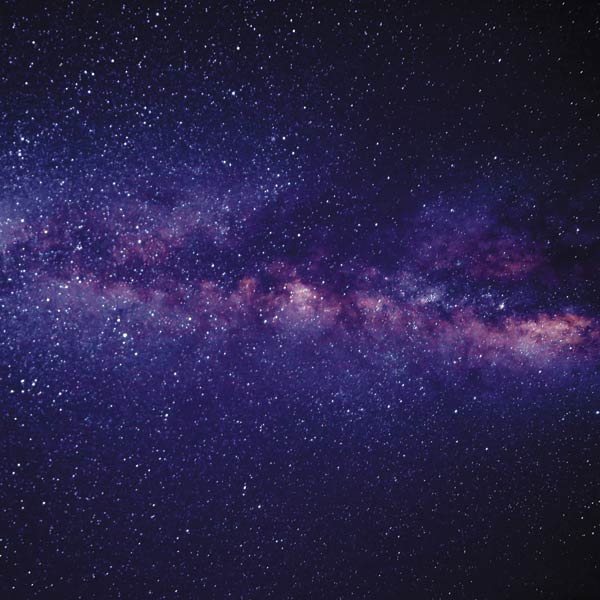Barlow SkyWatch: The Planets of 2018
Mind Bending | January 1, 2018

By Alan J Peche, Director, Barlow Planetarium
The total solar eclipse that crossed the United States will mark 2017 as a year to be remembered. Although there is not anything as spectacular as a total solar eclipse, in 2018, Mars promises a surprise that hasn’t occurred since 2003, and there are several additional notable dates to watch in 2018:
Mercury
The fastest planet (orbiting the Sun in just 88 days) – will make three appearances in the morning with greatest western elongations on January 1, April 29 and December 15. Mercury will also appear in evening sky with greatest eastern elongations on March 15 and November 6.
Mercury Fun Fact: Although Mercury is the closest planet to the Sun, only half of Mercury (the side facing the Sun) is hot. The dark side is super cold.
Moon
There will be a total lunar eclipse visible from northeast Wisconsin on the morning of January 31. At 5am that morning, the Full Moon will start entering the Earth’s shadow. This usually causes the Moon to turn a reddish/brown color. By 6:51am, the Moon will move completely into the Earth’s shadow shortly before sunrise.
Venus
Like Mercury, Venus is also an inferior planet. It moves much slower and will make its first appearance in the evening sky in early March. It will experience its only elongation – an eastern elongation – on August 17. It will disappear in the evening twilight by mid-September and will reemerge in the morning in early November.
Venus Fun Fact: Since it is so bright, Venus is responsible for most of the unidentified flying object (UFO) sightings.
Mars
Mars will start 2018 in the morning sky where it debuted in September of 2017. By July, it will be spending most of the dark hours between sunset and sunrise in the sky. The treat, for 2018, is that Mars will be nearly as close to Earth as it was in 2003. By July 27, Mars will very bright, and will rise in the east as the Sun sets in the west.
Mars Fun Fact: Mars currently has two operational rovers driving around on its surface. In fact, Mars is the only planet entirely populated with robots. Sometimes it is warmer on Mars that it is during winter in Wisconsin!
Jupiter
Jupiter will also start 2018 in the morning. It will then transition to an evening object in May. It will be the brightest on May 9, as Earth passes directly between Jupiter and Sun. Small telescopes and even binoculars might allow you to notice Jupiter’s cloud bands and its four largest moons: Io, Europa, Ganymede and Callisto.
Jupiter Fun Fact: There is a robot orbiting Jupiter right now named Juno. Juno was the first robot to take in picture of Jupiter’s super-thin rings from a point between Jupiter and its rings.
Saturn
Saturn will also start 2018 in the morning, then transitions in the evening sky at the end of spring. On June 27, Saturn will be at opposition, being the closest and brightest it will be for 2018. Small telescopes will easily be able to make out its rings and its largest moon Titan.
Saturn Fun Fact: This will be the first time since June 2004 that it will be possible to look at Saturn without a small, bus-sized robot going around it named Cassini. Cassini was purposely crashed in September before it ran out of fuel.



